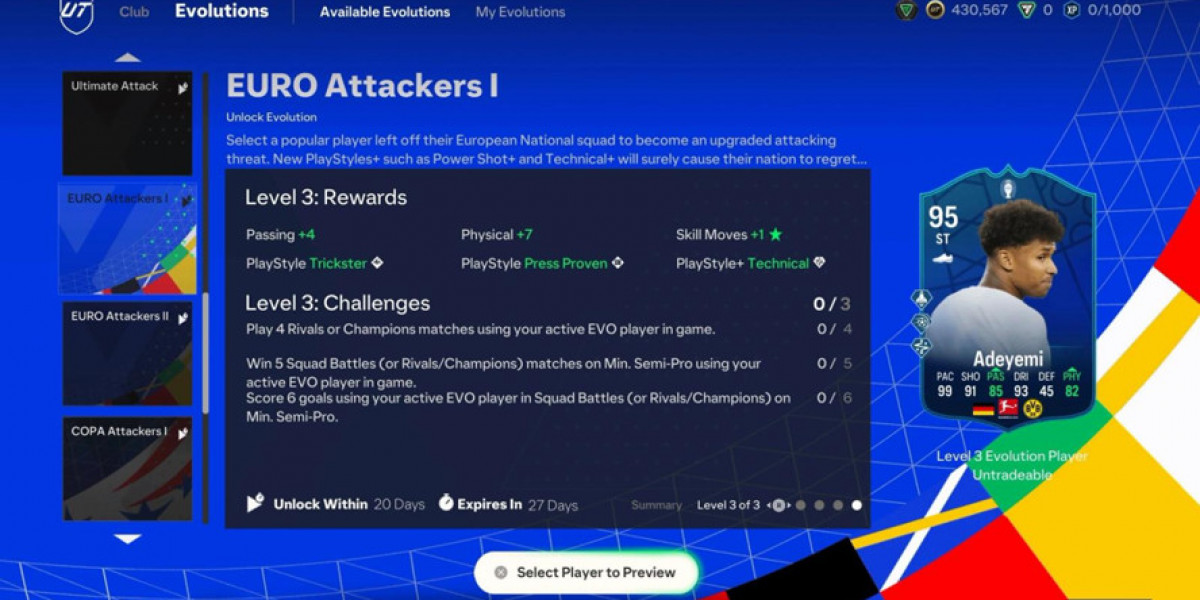In design, whether for print or digital media, effective use of space and layout is crucial to creating visually appealing and functional work. From book covers to website interfaces, the way space is used can make a significant difference in how the content is perceived and interacted with. This article explores the fundamental principles of space and layout in design, offering tips and strategies for optimizing these elements to enhance the overall aesthetic and usability of your projects.
Understanding Space in Design
Space, often referred to as "white space" or "negative space," is the area around and between elements in a design. It plays a critical role in guiding the viewer's attention and ensuring that content is easy to read and navigate. Here’s how you can effectively use space in your designs:
1. Embrace White Space
White space is not just about leaving areas blank; it’s about giving the design room to breathe. Embracing white space helps to avoid clutter and allows key elements to stand out. For instance, a book cover that utilizes ample white space can draw attention to the title and illustration, making them more prominent and engaging. Expert book cover illustrators for hire often understand the importance of white space and use it strategically to enhance the visual impact of their designs.
2. Create Visual Hierarchy
Visual hierarchy is achieved by arranging elements to guide the viewer’s eye in a specific order. By manipulating space, designers can create emphasis and lead the viewer through the content. Use larger spaces around important elements, such as headlines or call-to-action buttons, to make them stand out. On a book cover, placing the title and author’s name prominently while keeping additional text or graphics less dominant can create a clear visual hierarchy.
3. Balance and Alignment
Balance involves distributing visual weight evenly across the design. Symmetrical balance offers a formal, structured look, while asymmetrical balance provides a more dynamic and modern feel. Aligning elements properly ensures that the design looks cohesive and organized. Proper alignment helps in creating a sense of harmony and unity, making the design aesthetically pleasing. Whether designing a book cover or a web page, paying attention to balance and alignment is crucial for a polished final product.
Mastering Layout in Design
Layout refers to the arrangement of elements on a page or screen. It determines how information is organized and how users interact with it. Effective layout design improves readability, navigability, and overall user experience.
1. Grid Systems
Grid systems are essential tools for creating consistent and orderly layouts. They divide the design space into columns and rows, helping to align elements and maintain uniformity. Using a grid system ensures that content is well-organized and visually balanced. For book covers, a grid can help in positioning text and illustrations in a way that is visually appealing and easy to read.
2. Hierarchy and Flow
Hierarchy in layout design refers to the arrangement of elements according to their importance. This can be achieved through size, color, contrast, and placement. The flow of information should guide the viewer through the content logically. On a book cover, the title is typically the most prominent element, followed by the author’s name, subtitle, and additional details. Properly arranging these elements in a hierarchical manner ensures that the most important information is immediately noticeable.
3. Consistency and Repetition
Consistency in layout ensures that design elements follow a uniform pattern, making it easier for viewers to understand and navigate the content. Repetition of design elements, such as fonts, colors, and spacing, creates a cohesive look and reinforces the overall design theme. For book covers, consistency in design elements across different editions or series helps in building brand recognition and a cohesive visual identity.
4. Visual Flow and Movement
Visual flow refers to how the viewer’s eye moves across the design. Effective layout design should create a natural flow, guiding the viewer from one element to the next. This can be achieved by using visual cues such as lines, shapes, and contrasting colors. On a book cover, the arrangement of the title, author’s name, and imagery should lead the viewer’s eye smoothly through the design, ensuring that key information is easily accessible.
Practical Tips for Effective Space and Layout
1. Prioritize Key Elements
Identify the most important elements of your design and allocate sufficient space around them. This could be a book title, a call-to-action button, or a central image. Ensuring these elements have enough space makes them more noticeable and enhances their impact.
2. Use Margins and Padding
Margins and padding are essential for creating space around elements. Margins refer to the space outside the edges of the design, while padding is the space inside the edges. Proper use of margins and padding prevents elements from feeling cramped and improves readability. For book covers, generous margins around text and imagery help in achieving a clean and professional look.
3. Experiment with Proportions
Experimenting with proportions can help in finding the right balance for your design. Use ratios such as the golden ratio to create aesthetically pleasing proportions. On a book cover, adjusting the proportions of text and imagery can help in achieving a visually harmonious design.
4. Test and Iterate
Design is an iterative process. Test different layouts and spacing options to see what works best. Gather feedback from others and make necessary adjustments. Iterating on your design ensures that you achieve the best possible result.
Conclusion
Effectively using space and layout in design is essential for creating visually appealing and functional work. By embracing white space, creating visual hierarchy, balancing elements, and mastering layout principles, you can enhance the overall aesthetic and usability of your designs. Whether you’re working on a book cover or a website, paying attention to these aspects will lead to a more polished and professional final product. For those seeking to elevate their book cover designs, book cover illustrators for hire can provide valuable expertise in leveraging space and layout to create impactful and engaging covers.
By applying these principles, you can ensure that your designs stand out and communicate effectively, capturing the attention and interest of your audience.






